Originally Queen Victoria’s wintering palace, this monumental edifice was subsequently converted into apartments. In the 1940s Matisse lived here, using one unit as a studio and another as his home, and it was here that the artist passed away in 1954. Visitors can admire the building from the outside while waiting for a bus downhill from the Matisse Museum.
Le Régina
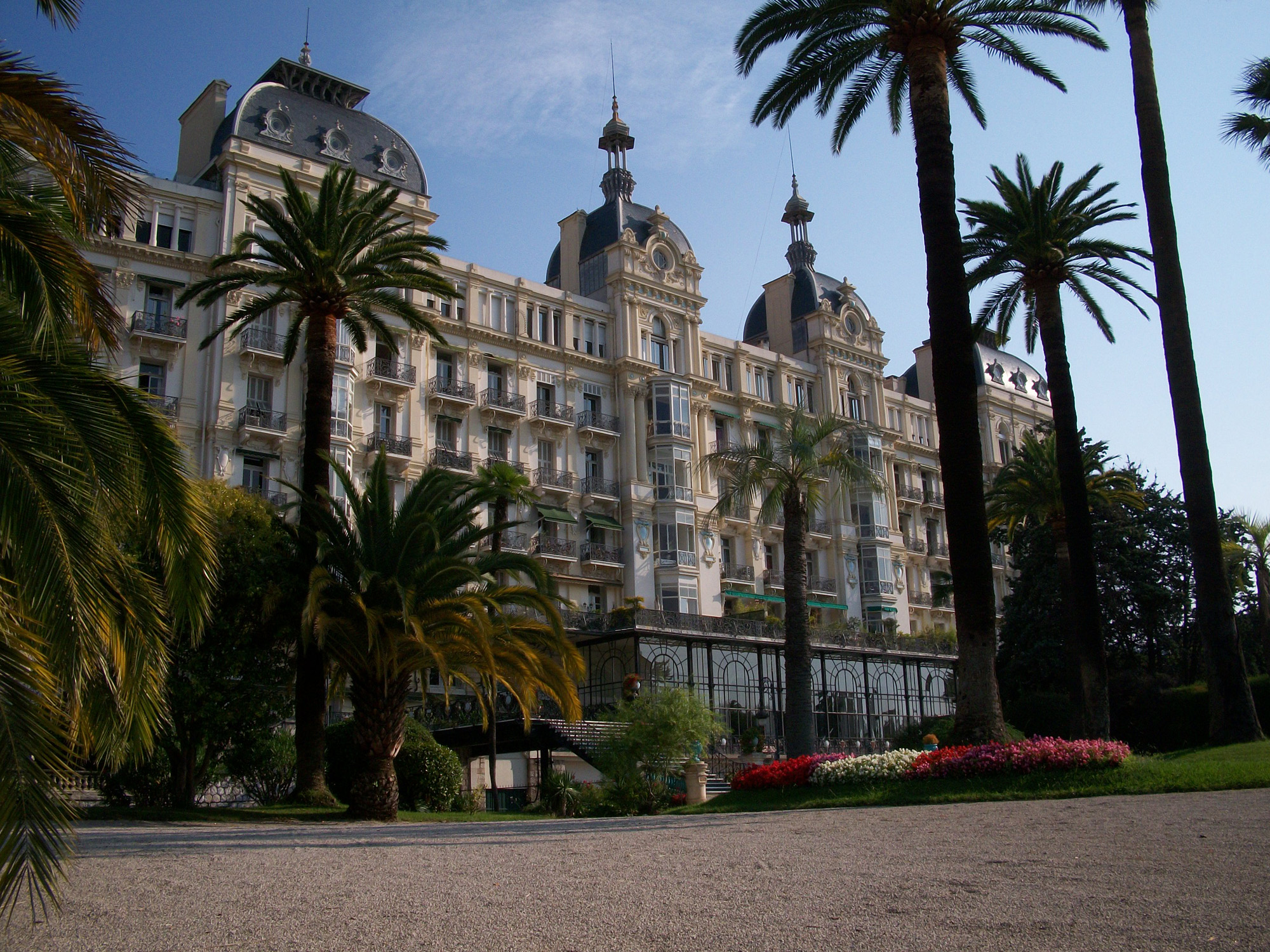
In this Article
Partager
Pin to board
Share on facebook
Next Articles
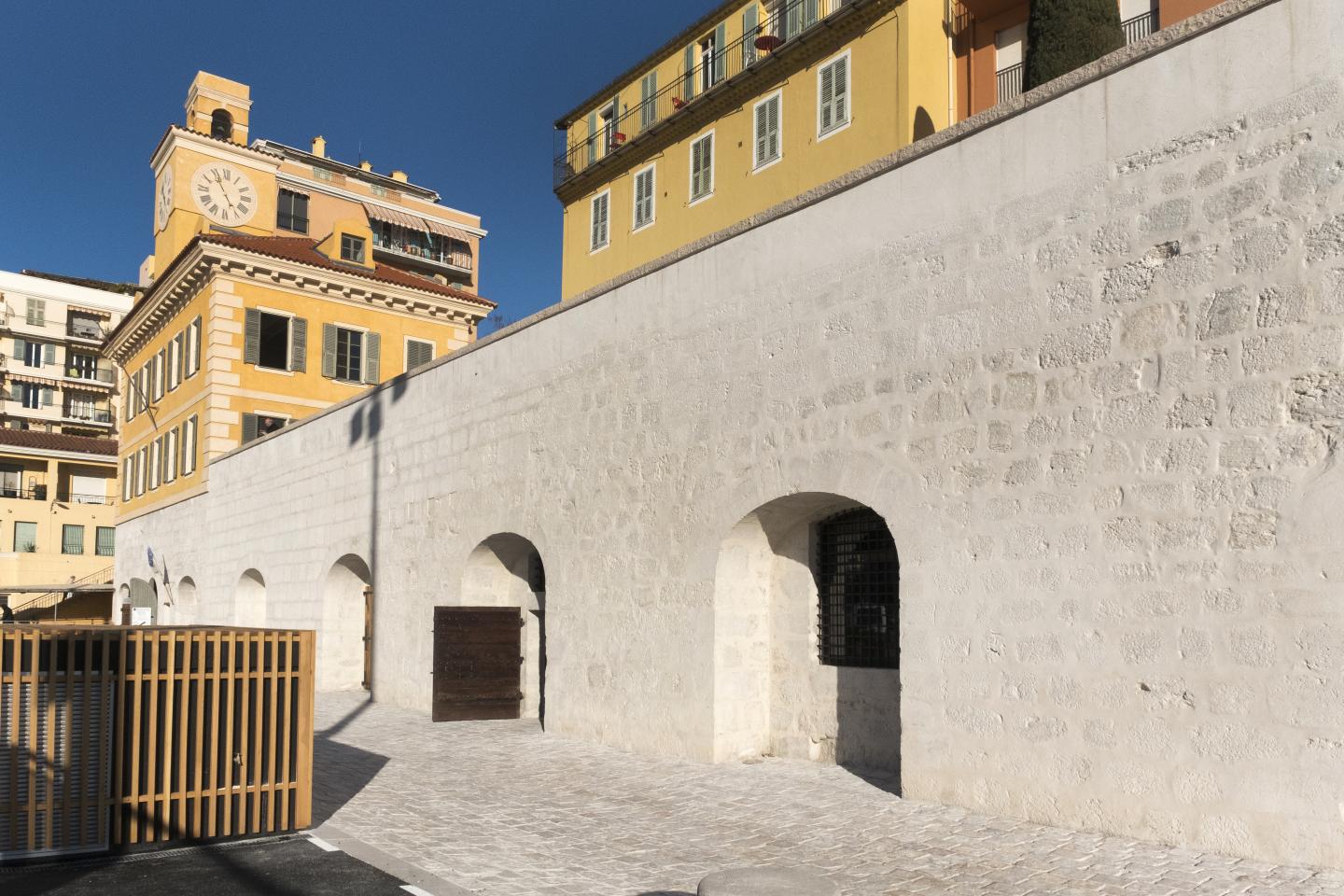
Galerie Lympia
Guided Tours in Nice
15 juin 2023
Nice’s coolest new gallery space is housed in this former galley slaves’ prison down by the port. Opened in 2017 by the Alpes-Maritimes’ departmental government after a €2.1-million restoration project,
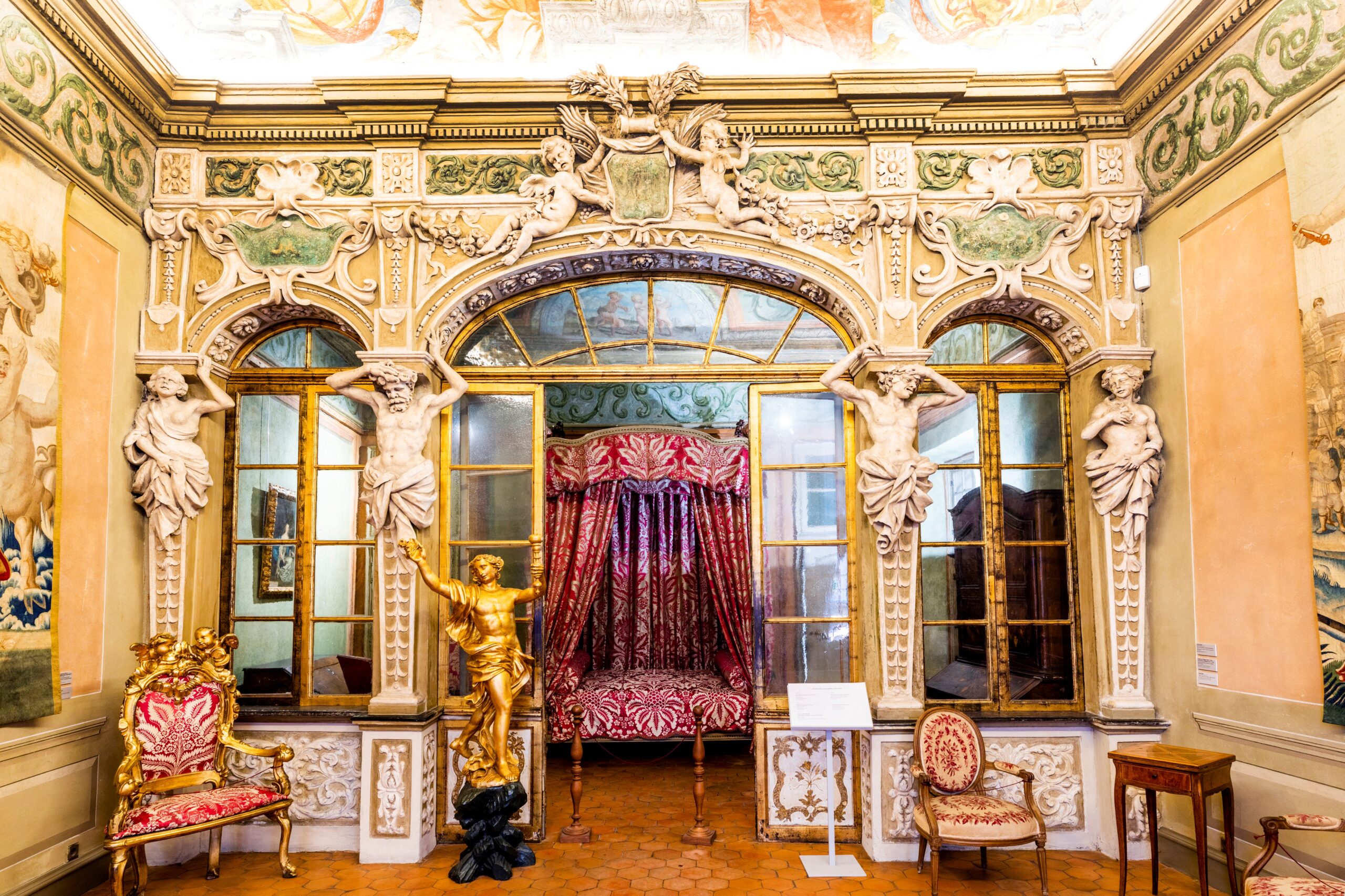
Palais Lascaris
Guided Tours in Nice
15 juin 2023
Baroque Palais Lascaris is a 17th-century mansion housing a frescoed orgy of Flemish tapestries, faience and gloomy religious paintings, along with a collection of period musical instruments. On the ground
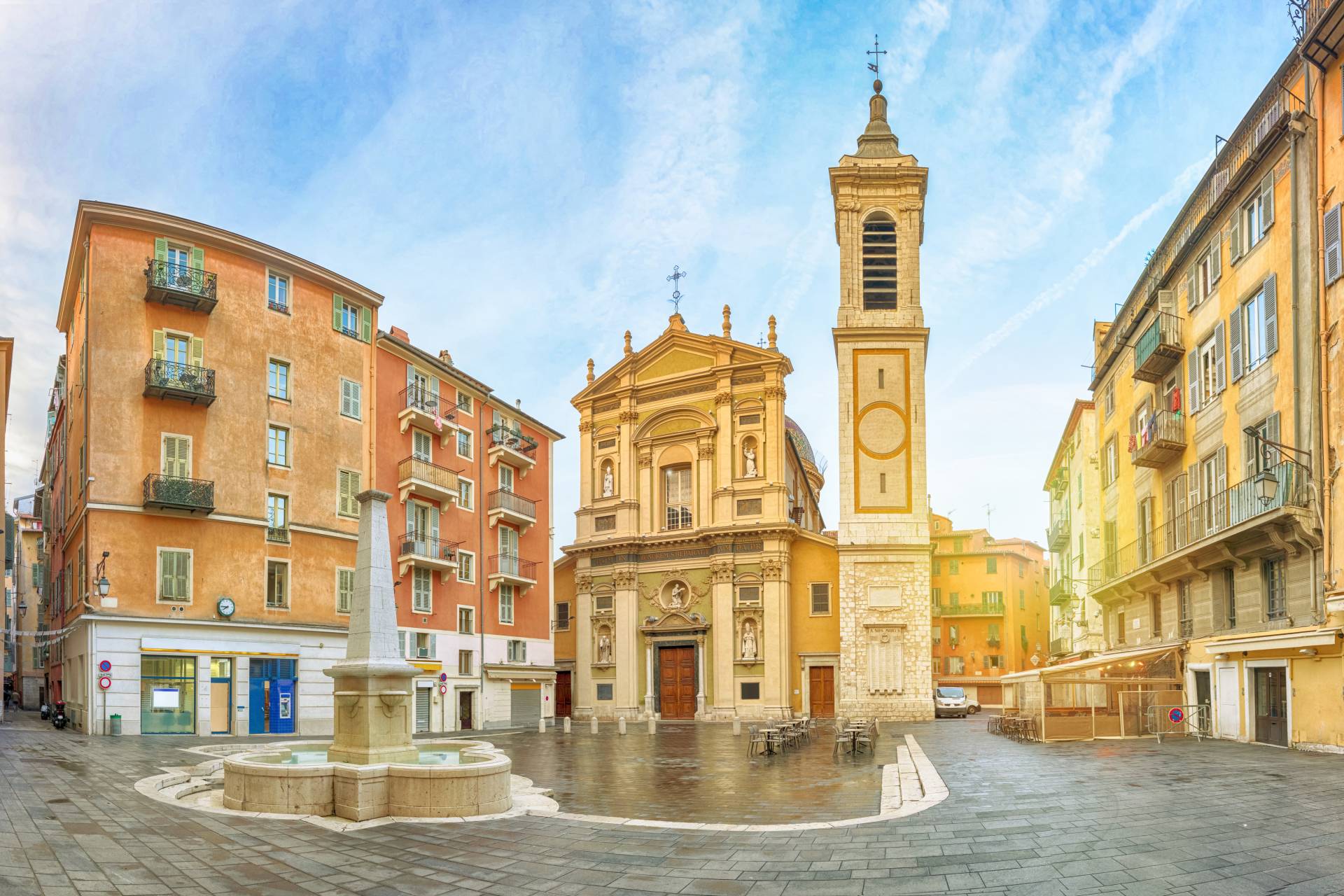
Cathédrale Ste-Réparate
Guided Tours in Nice
15 juin 2023
One of Nice’s Baroque architectural gems, honouring the city’s patron saint.
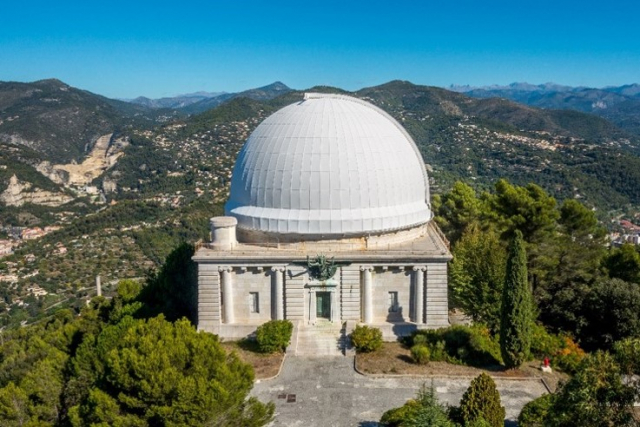
L’Observatoire de Nice
Guided Tours in Nice
15 juin 2023
Visible in the dry hills to the north of Nice is the white dome of the city’s observatory, founded in 1881 on the summit of Mont Gros. Guided visits (in
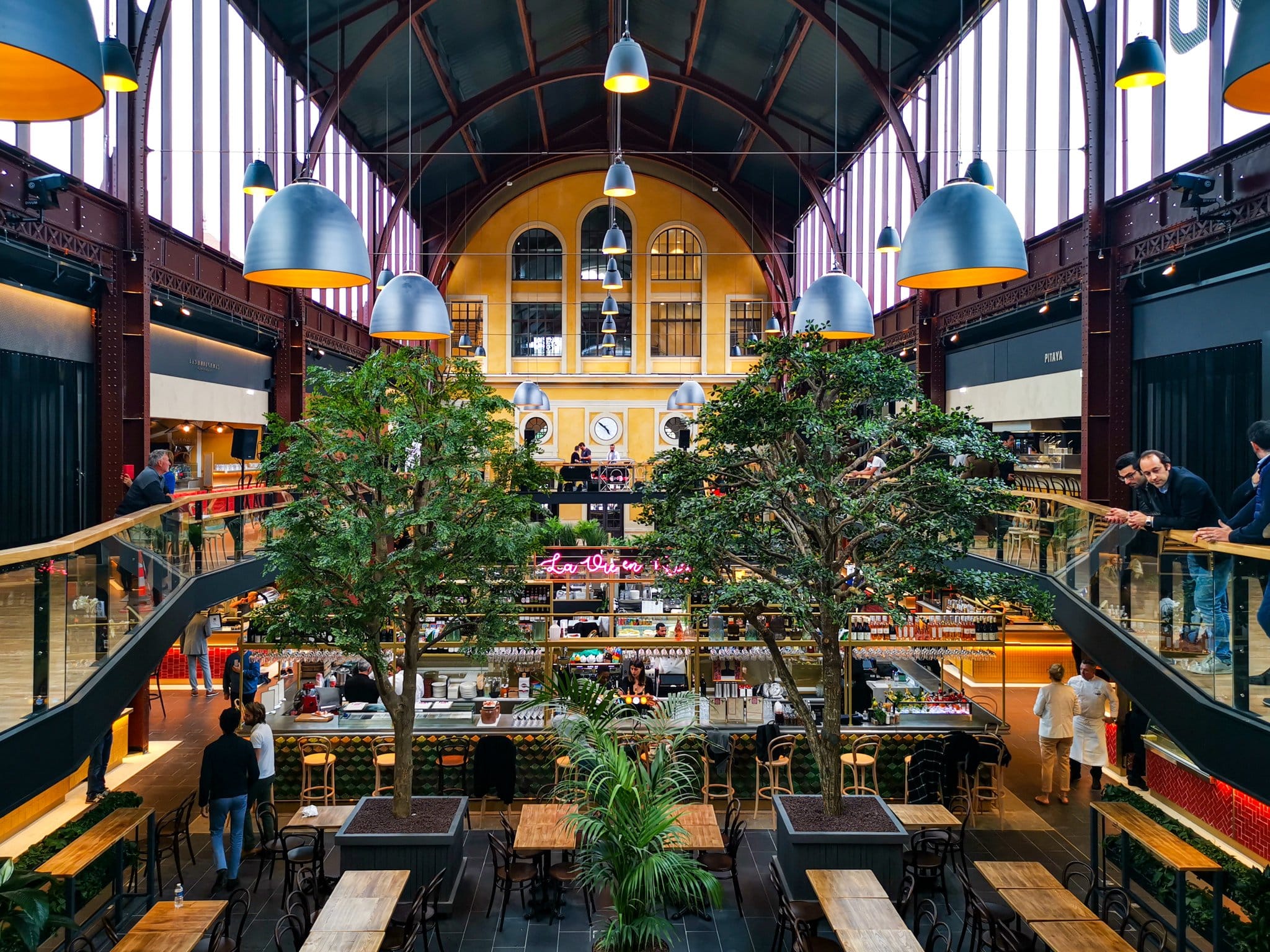
Gare du Sud
Guided Tours in Nice
15 juin 2023
This cool old 19th-century railway station was originally built to provide train service from Nice into the Alps. A century later, when it was replaced by the nearby Gare de
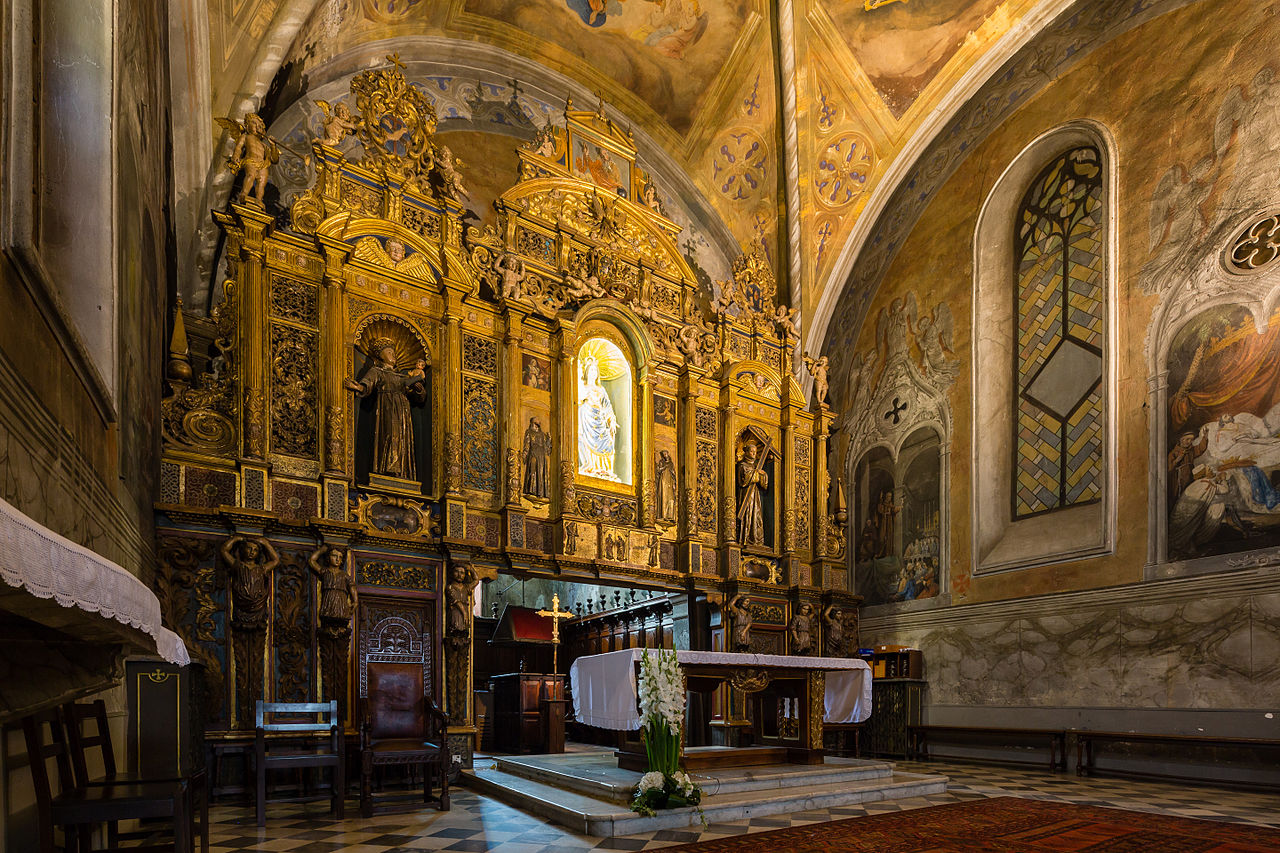
Monastère Notre Dame de Cimiez
Guided Tours in Nice
15 juin 2023
Painters Henri Matisse and Raoul Dufy are buried in the cemetery of this monastery, a five-minute walk across the park from the Musée Matisse. To reach Matisse’s grave, turn left
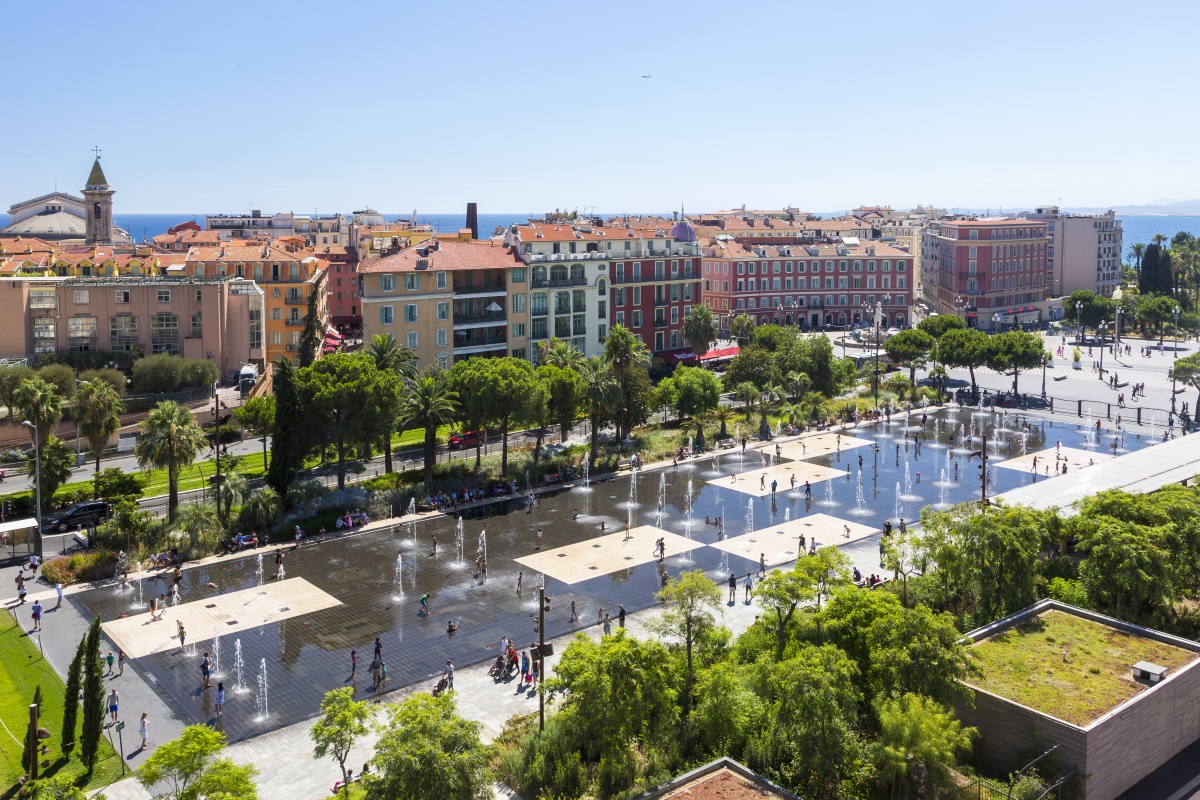
Promenade du Paillon
Guided Tours in Nice
15 juin 2023
It’s hard to imagine that this beautifully landscaped park was once a bus station, a multistorey car park and an ill-loved square. Completed in October 2013, the park unfolds from
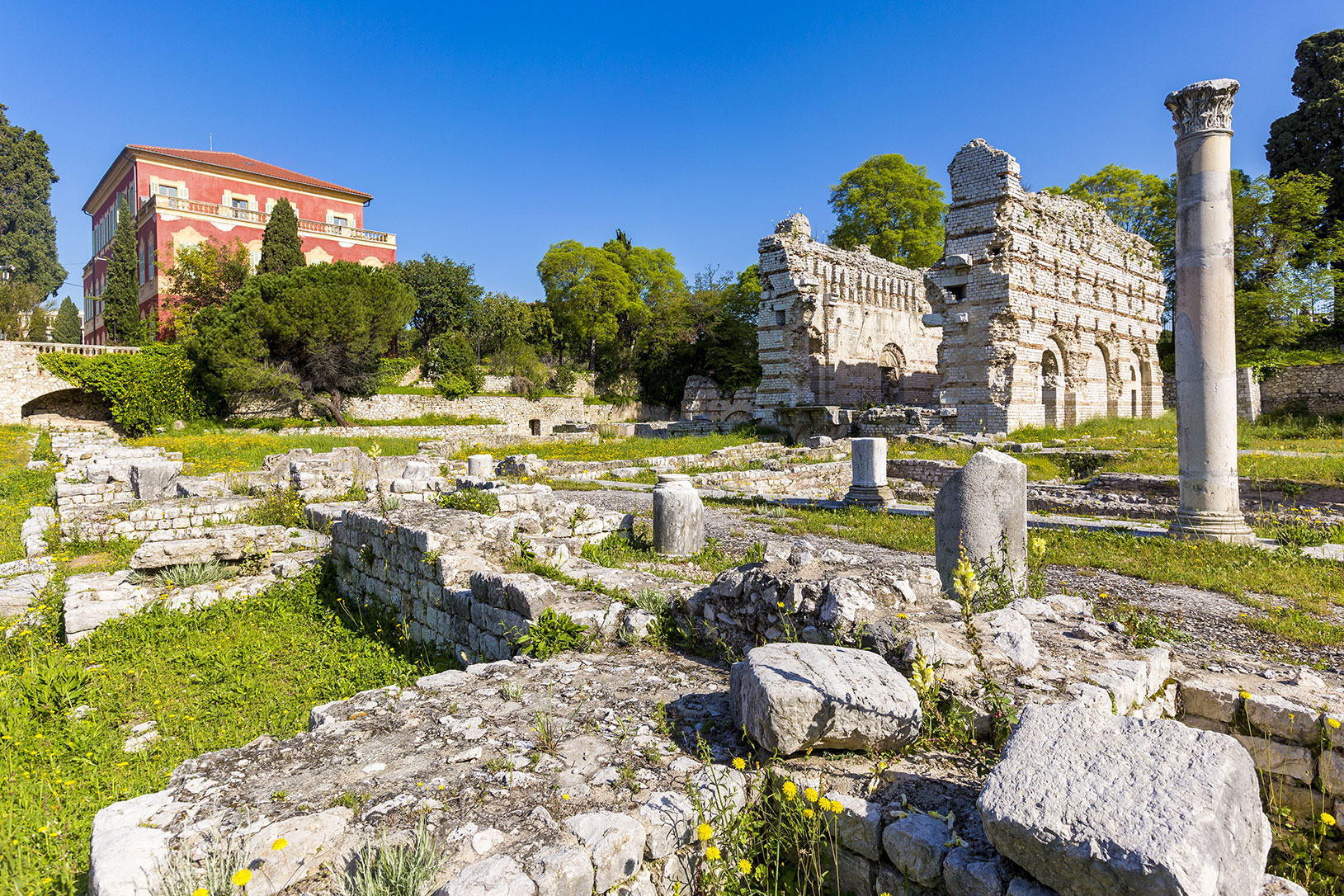
Musée Archéologique de Nice
Guided Tours in Nice
15 juin 2023
The hodgepodge of Roman artefacts in this archaeological museum is rather ho-hum – but if you’ve already bought a Nice museum pass, it’s worth a visit just to wander the
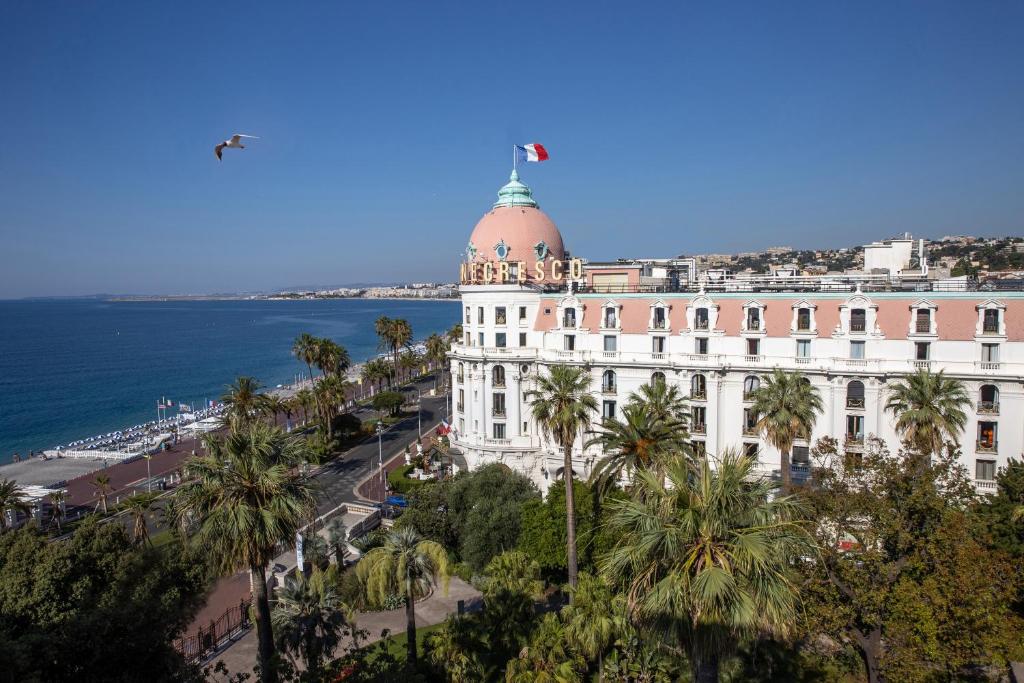
Hôtel Negresco
Guided Tours in Nice
15 juin 2023
A landmark building overlooking the grand sweep of the Promenade des Anglais, built in 1912 for Romanian innkeeper Henri Negresco. Its rosy-pink dome and lavish façade makes for a classic
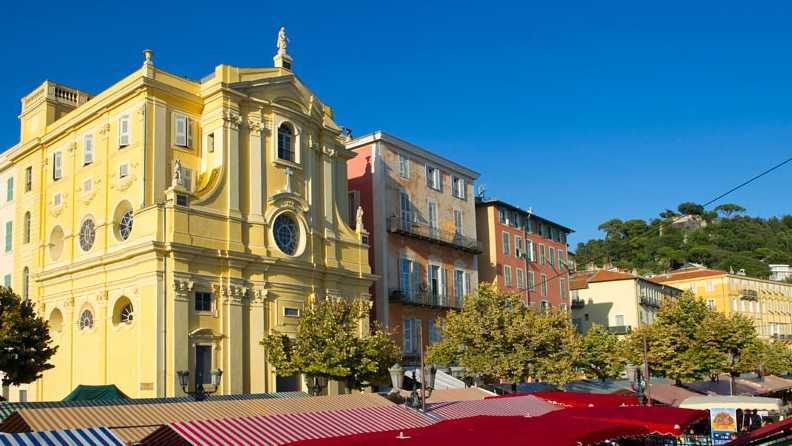
Chapelle de la Miséricorde
Guided Tours in Nice
15 juin 2023
This 1740 chapel is renowned for its exceptionally rich architecture.
